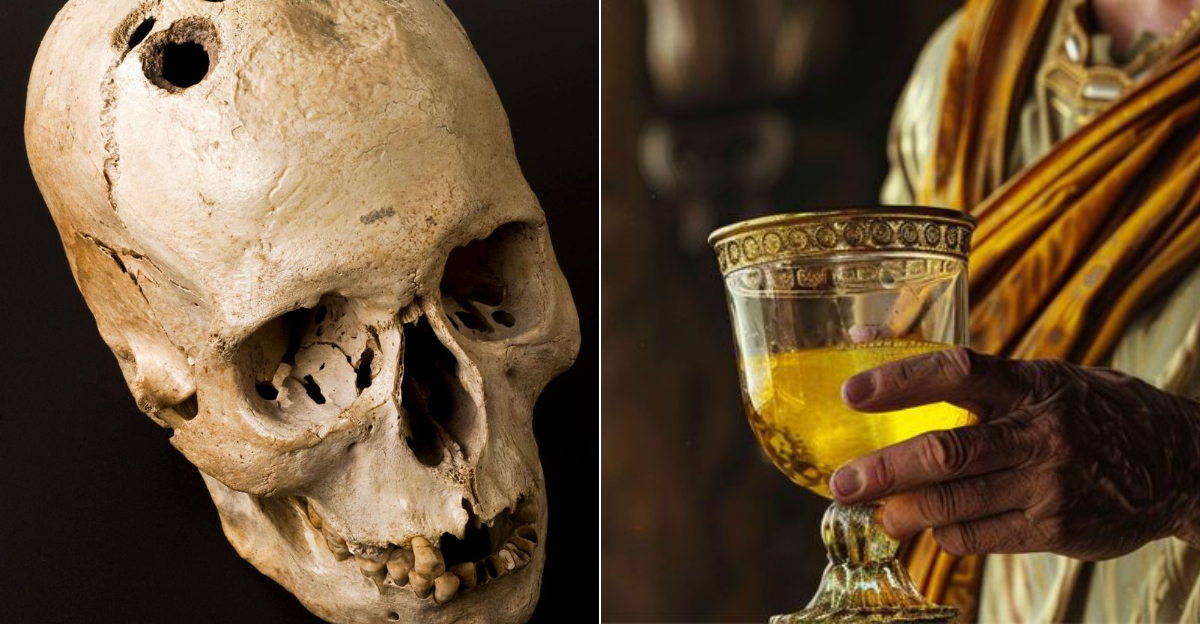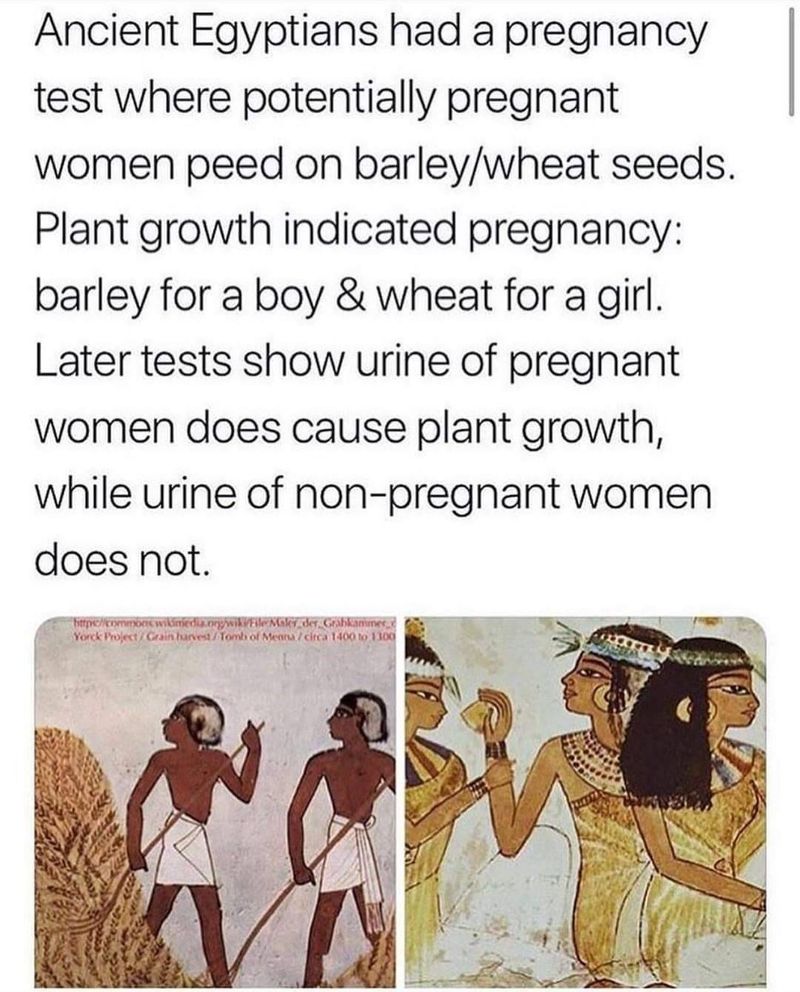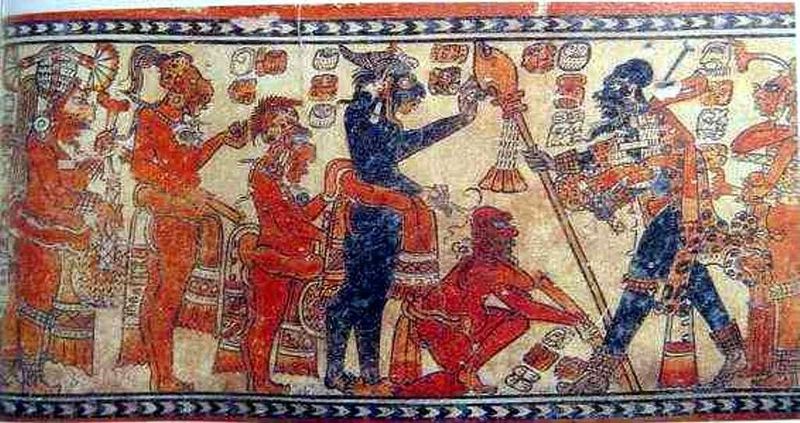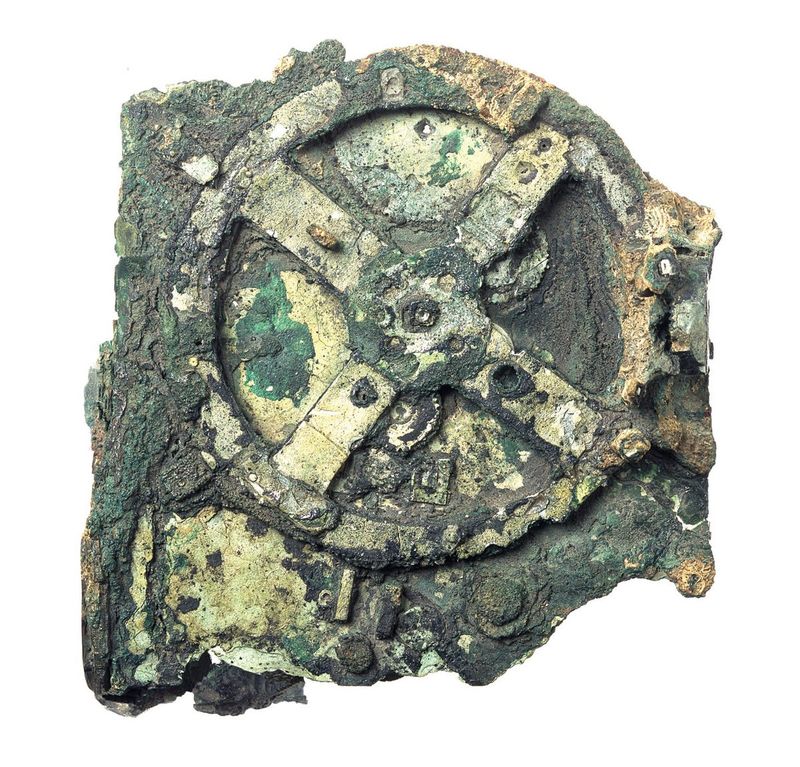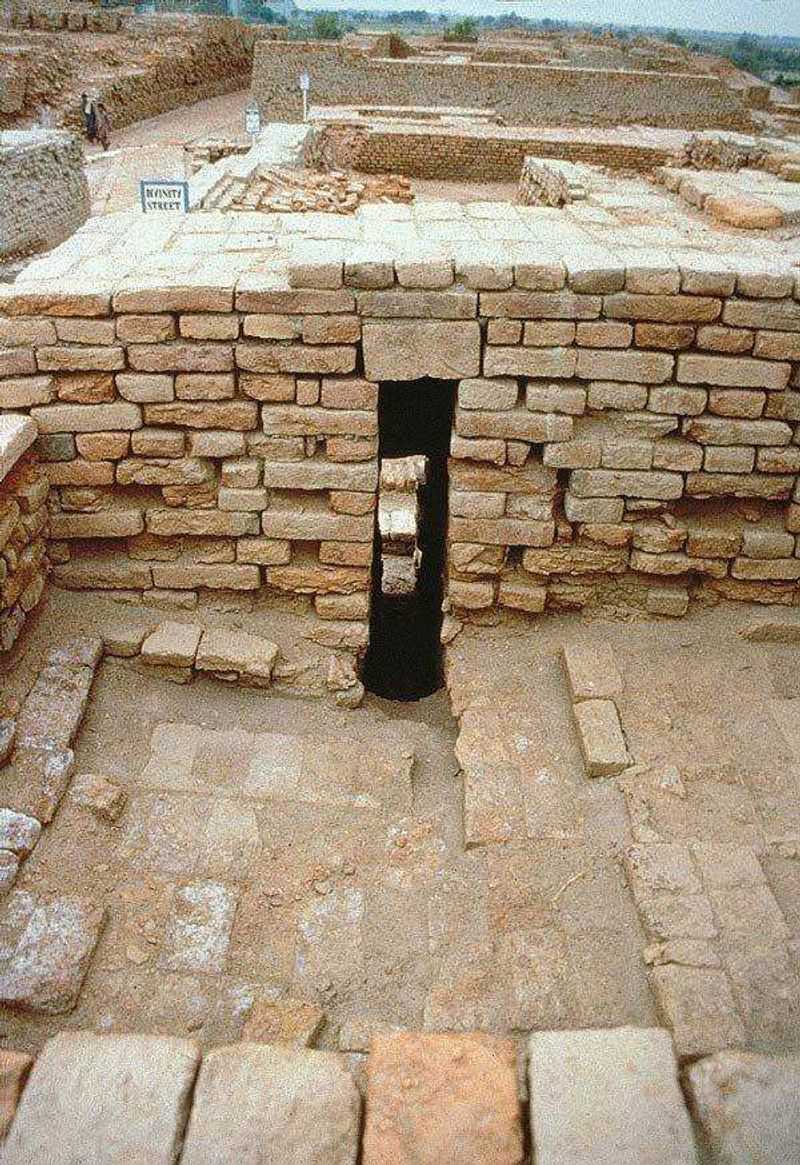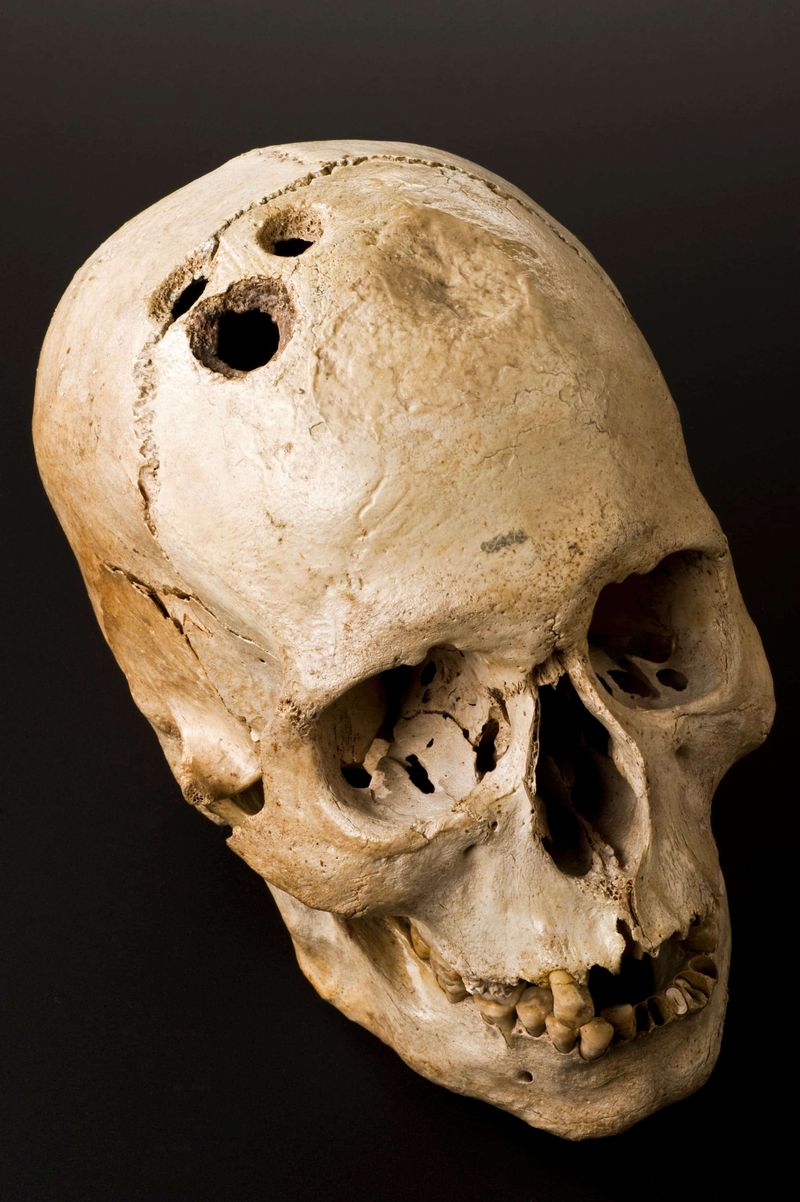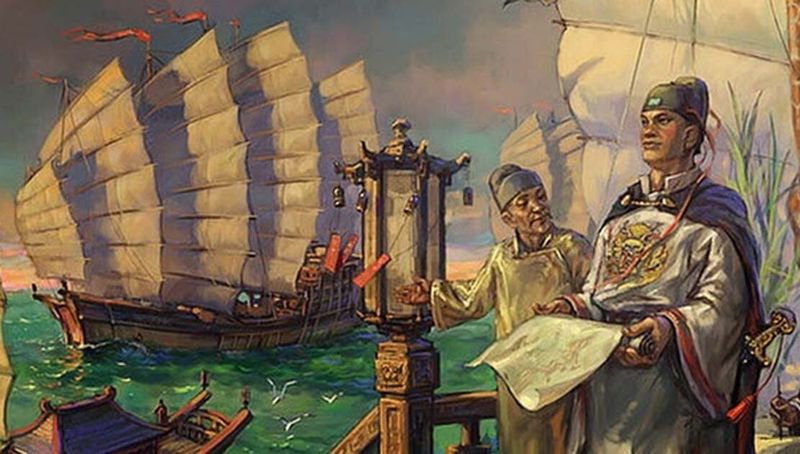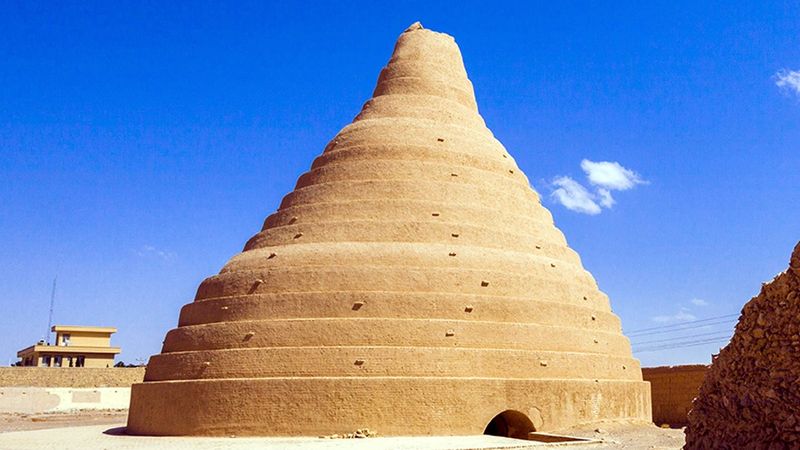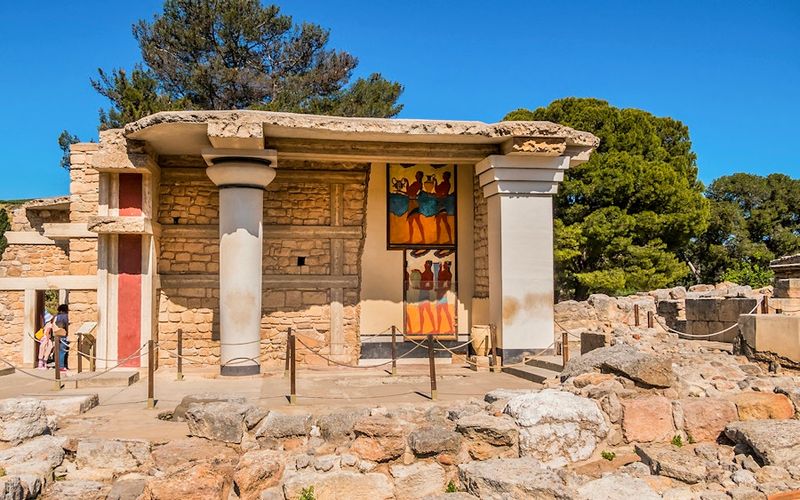Discover the fascinating and often surprising truths about ancient civilizations that you never learned in school. From unusual practices to groundbreaking inventions, these secrets reveal the ingenuity and cultural richness of our ancestors.
1. The Romans Used Urine as Mouthwash
The Romans, known for their engineering feats, also had peculiar hygiene practices. They collected urine in public pots, utilizing its ammonia content for teeth whitening. This substance was also invaluable in tanning leather and cleaning clothes. Public urination was not just tolerated but part of a thriving industry that showcased Roman resourcefulness in utilizing available resources. Such practices might seem unappealing today, but they highlight the Romans’ ingenuity. In a world without modern cleaning agents, they turned to nature’s own solutions, no matter how surprising they might seem.
2. The Egyptians Had Advanced Pregnancy Tests
In ancient Egypt, the realm of medicine was surprisingly advanced. Women would urinate on barley and wheat to determine pregnancy. If the seeds sprouted, it indicated pregnancy—a method remarkably effective. Modern science has found this practice about 70% accurate due to hormone detection. This insight into early medical knowledge showcases the Egyptians’ innovative spirit. Their approach to understanding the human body was far ahead of its time. The Ebers Papyrus, dating back to 1500 BCE, illuminates these intriguing methods. Such wisdom, steeped in both myth and science, continues to astonish historians today.
3. The Maya Practiced Hallucinogenic Enemas
The Maya, revered for their astrological and architectural achievements, also practiced hallucinogenic enemas. Utilizing fermented alcohol, tobacco, and psychedelics like ololiuqui, these rituals induced spiritual visions more rapidly than ingestion. This practice, rooted in deep spiritual traditions, facilitated communication with the divine. It reflects the Maya’s profound understanding of altered consciousness. These rituals weren’t mere recreational activities but crucial cultural ceremonies. In a society deeply intertwined with the cosmos, such practices were pathways to enlightenment. The Maya’s unique spiritual pursuits continue to intrigue and enlighten us about their complex worldview.
4. Ancient Greeks Invented the First “Computer”
The Antikythera Mechanism, a marvel of ancient Greek ingenuity, is often hailed as the first computer. This intricate bronze device, dating to around 100 BCE, predicted astronomical positions and eclipses. Its complexity, unmatched in the ancient world, reveals the Greeks’ advanced understanding of mechanics and astronomy. It wasn’t until centuries later that Europe saw similar technology. Unearthed in a shipwreck, this artifact continues to captivate historians and scientists alike. It stands as a testament to the Greeks’ pioneering spirit and their quest to unlock the mysteries of the universe through technology.
5. The Indus Valley Civilization Had Flush Toilets
In the ancient Indus Valley, urban planning was incredibly advanced. Cities like Mohenjo-Daro boasted sophisticated drainage systems and flush toilets around 2500 BCE. These amenities exemplified luxuries that wouldn’t appear in Europe for millennia. Terracotta pipes and ingenious water management reflected the civilization’s emphasis on cleanliness and public health. Such achievements highlight their engineering brilliance and societal priorities. The notion of running water and waste disposal in such an ancient context is awe-inspiring. It challenges our understanding of technological progression and underscores the Indus people’s innovation and foresight.
6. Inca Surgeons Performed Skull Surgeries Better Than Their European Counterparts
Inca surgeons, with their rudimentary tools, excelled in skull surgeries, known as trepanation. Achieving a 90% survival rate, their success surpassed that of 18th-century European counterparts, who often saw fatal outcomes. Coca leaves likely served as anesthesia, showcasing the Incas’ botanical knowledge. This practice wasn’t mere superstition but a highly skilled craft. The procedures reveal a complex understanding of medicine and healing. In a world with limited medical technology, the Incas’ achievements in surgery remain remarkable. Their legacy in the medical field underscores a sophisticated civilization often overshadowed by European narratives.
7. Ancient Chinese Explorers Might Have Reached America First
Some historians argue ancient Chinese explorers, led by Zheng He, reached America before Columbus. In 1421, Zheng’s fleet may have sailed to the Americas, based on controversial maps and shipwreck evidence. This theory, while debated, highlights China’s ambitious maritime history. The voyages of these formidable ships reveal a civilization eager to explore and connect with the wider world. Such potential discoveries challenge established narratives of exploration. The idea that the Chinese may have charted parts of the New World first adds layers to our understanding of history’s interconnectedness and the global reach of ancient cultures.
8. The Persians Invented Refrigeration in 400 BCE
The Persians mastered the art of refrigeration with yakhchāls, underground ice houses, in 400 BCE. These structures, aided by wind-catching towers, stored ice year-round, even in desert climates. Ingenious engineering enabled the preservation of food and comfort during scorching summers. This innovation underscores the Persian Empire’s architectural and technological prowess. Their ability to manipulate their environment to such an extent is breathtaking. These ancient cooling systems predate modern refrigeration and highlight the Persians’ resourcefulness. The concept of cold storage in such harsh climates continues to fascinate and inspire today’s engineers and historians.
9. Vikings Wrote Love Spells in Runes
Vikings, often depicted as fierce warriors, also inscribed runes with love spells. The Bryggen inscriptions, found in Norway, include phrases like “Kiss me, I’m lonely.” These tender expressions contrast sharply with their brutal reputation. They reveal a softer side of Viking culture, one where personal emotion found a voice in stone. Such inscriptions offer glimpses into the everyday lives and desires of these Norse people. Instead of just conquerors, they emerge as complex individuals with diverse needs and aspirations. This romantic aspect of Viking life continues to enchant and soften perceptions of their legacy.
10. The Minoans Had Earthquake-Resistant Buildings
The Minoans, flourishing around 2000 BCE on Crete, constructed earthquake-resistant buildings. Utilizing flexible wooden foundations, they minimized damage from seismic activity. This foresight in architectural design was unparalleled at the time. It reveals a society deeply in tune with its environment, prioritizing safety and innovation. These structures, built long before modern engineering principles, reflect the Minoans’ advanced understanding of construction. Their ability to adapt and thrive in a geologically active area demonstrates resilience and ingenuity. Such architectural mastery continues to impress and inform today’s engineers as they study ancient techniques.
